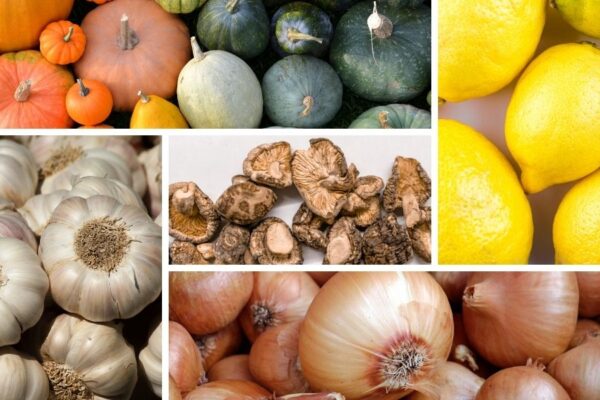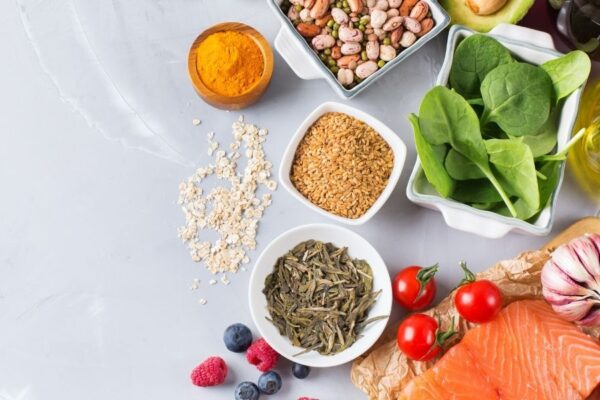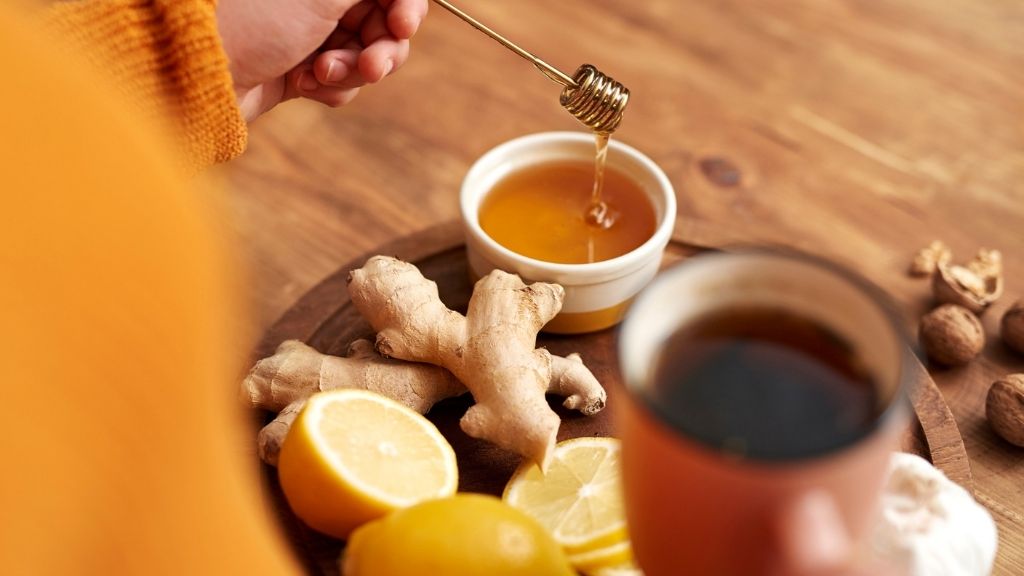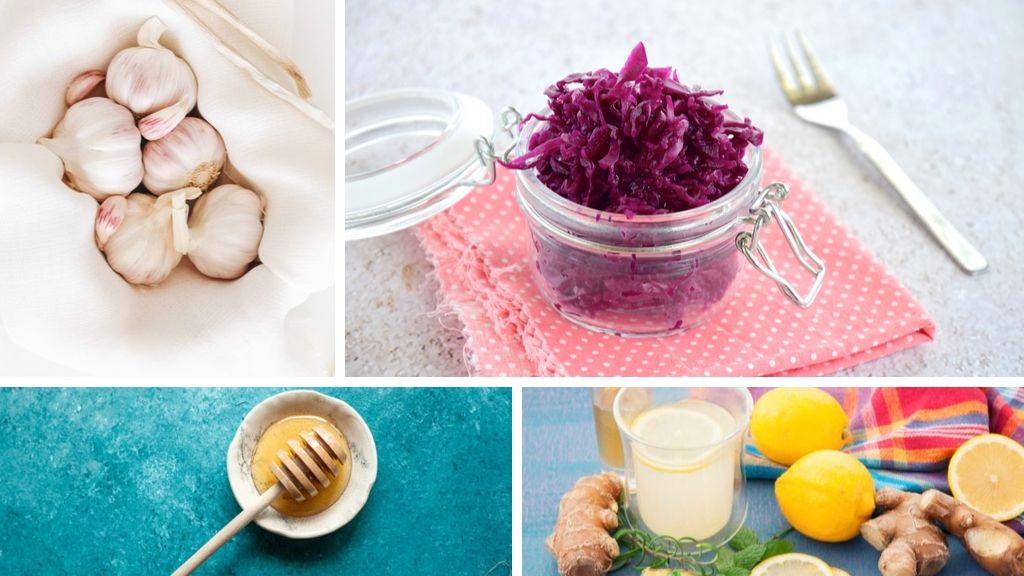Anti-Inflammatory Diet + Lifestyle Guide
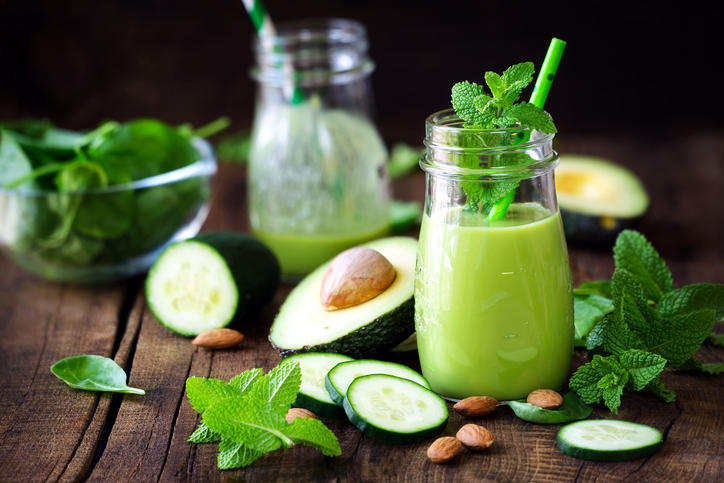
No one among us is utterly immune to inflammation. Even the healthiest people are tripped up at times by a cut on their finger or waylaid by a common cold or flu. Unfortunately, for many of us, inflammation is a constant, chronic problem – aches and pains, allergies, autoimmune conditions, cardiovascular disease, diabetes, respiratory issues and more all involve inflammation, and it affects millions of people around the world and costs us billions of dollars. The good news is an anti-inflammatory diet and lifestyle can play an important role in the prevention and management of inflammatory symptoms. And it can be delicious!
If you’re interested in learning more about how an anti-inflammatory diet can help you, our Anti-Inflammatory Diet Guide is a good place to start. Whether you or someone you love is dealing with inflammation, we hope that you can discover some new ways to address it using our tips and advice.
Anti-Inflammatory Diet + Lifestyle Guide
Dietary changes take time and effort; so don’t feel pressured to do everything at once. Incorporate one thing at a time at a pace that feels right to you!
1. Eliminate Sources of Gluten
Gluten, which is found in wheat, barley and rye, is linked to inflammation and can affect the intestinal wall – particles can break through into the bloodstream where they don’t belong, leading to an immune response. Gluten has become quite a controversial topic in recent years, with many experts claiming that only those with celiac disease benefit from avoiding and eliminating gluten. However, there are many inflammatory conditions that can benefit from a gluten-free diet, especially those who are autoimmune.
There is no nutrient found in glutenous products that we can’t find elsewhere in the diet and in many cases, ditching gluten involves cutting out junk food like white bread, pizza, pastries, etc. We recommend trying a gluten-free diet for at least two weeks to see how you feel, then adjust accordingly.
If you’re worried about what to eat on a gluten-free diet, these resources might inspire you:
- 6 Gluten-Free Bread Alternatives Worth Trying
- 20 Best Gluten-Free Bread Recipes
- 22 Best Gluten-Free Cracker Recipes
- How to Stick to a Gluten-Free Diet
- Gluten-Free Flour Guide + Substitution Reference
- 20 Kid-Friendly Gluten-Free Snacks
- 30 Best Gluten-Free Dinner Recipes
- 20 Best Gluten-Free Pizza Recipes
- 22 Best Gluten-Free Noodle Recipes
Also, all of the recipes on our blog (and in the Culinary Nutrition Expert Program) are gluten-free.
2. Ditch the Dairy
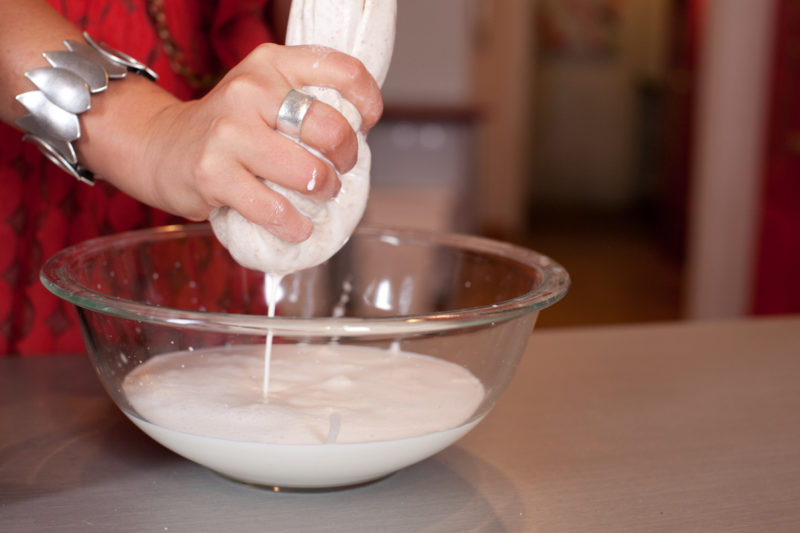
Dairy products, especially those made from cow’s milk, can be difficult to digest. Many of us don’t produce the lactase enzyme required to process the lactose in milk, which can lead to poor digestion and bloating, gas or cramps as well as aggravate patients with inflammatory bowel diseases and irritable bowel syndrome. Some people react to the proteins in milk like whey and casein – and casein is actually similar in structure to gluten.
Milk and other dairy products can aggravate skin conditions like eczema, atopic dermatitis, and acne. It may be a trigger for asthma and rhinitis in children as well as aggravate symptoms in children who are already diagnosed with asthma.
Evidence indicates that milk can trigger an immune response and lead to autoimmune diseases. High amounts of milk consumption have also been associated with greater levels of inflammatory biomarkers, higher fracture rates, and a higher risk of mortality. Just one cup of milk daily is linked to a 50% increased risk of developing breast cancer.
There are so many amazing alternatives to dairy these days that it’s easy to eliminate it without much effort. Here’s how:
- 5 Tricks to Eliminating Dairy
- How to Make Nut or Seed Milk
- 20 Best Dairy-Free Soup Recipes
- Our 9 Favourite Dairy-Free Baking Substitutions
- 20 Best Dairy-Free Ice Cream Recipes
- 20 Best Dairy-Free Chocolate Recipes
- 22 Best Dairy-Free Cheese Recipes
- 27 Best Dairy-Free Cheesecake Recipes
Also, all of the recipes on our blog (and in the Culinary Nutrition Expert Program) are dairy-free.
Get your FREE Anti-Inflammatory Shopping List plus 35 more free resource guides!
Fill out the form below for instant access.
Free Resource Library
Enjoy more than 40 downloadable guides, recipes, and resources.
3. Avoid White, Refined Sugar
It’s probably not breaking news to you that refined sugars are damaging to health. Excess sugar and refined starches spike insulin levels, can boost our body’s production of inflammatory chemicals, not to mention that sugar is linked to obesity, diabetes, tooth decay, and mood swings.
Thankfully, there are many natural sweeteners available like dates, raw honey, coconut sugar, coconut syrup, maple syrup, etc. And let’s not forget about the natural sugars found in fruit, which can be the best dessert of all.
If you’re looking to reduce your sugar intake in general, these resources may help:
4. Mind The Nightshade Family
The nightshade family includes:
- tomatoes
- eggplant
- peppers
- white potatoes
- goji berries
- tobacco
Some people are sensitive to nightshade plants, particularly one phytochemical called solanine. Nightshades can impact inflammation, particularly arthritis.
Nightshades can be a tricky food category to navigate since they also have a multitude of beneficial properties. If you’re dealing with inflammation, try cutting them out for a month and see if it makes a difference. You can also rotate nightshades in your anti-inflammatory diet, as opposed to having them on a daily or weekly basis.
5. Load up on Anti-Inflammatory Foods
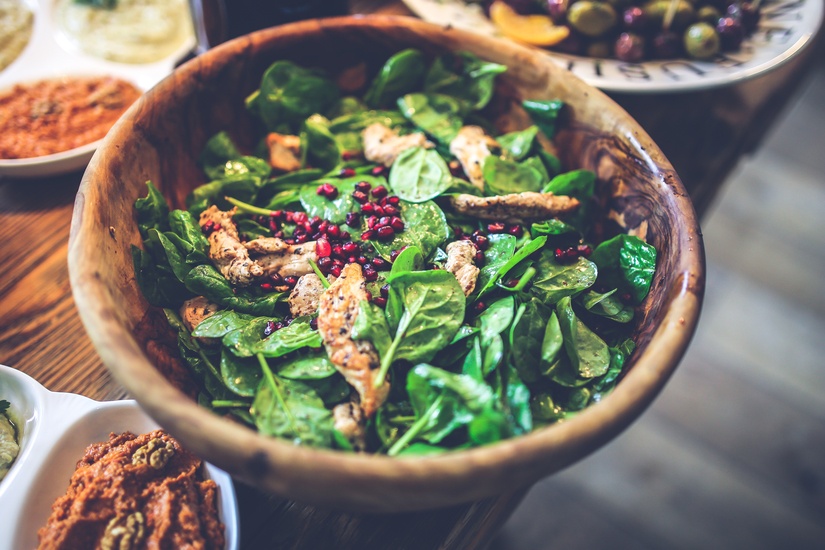
The good news is there are a ton – a ton – of delicious foods you can include in your anti-inflammatory diet. These foods are simple to use and easy to find at most grocery stores or farmers’ markets.
- Dark Leafy Greens. These are packed with antioxidants that help to ameliorate the effects of inflammation. They also contain a wide variety of other beneficial vitamins and minerals, including B vitamins, iron, magnesium, and calcium.
- Winter Squash. Winter squash contains cucurbitacins, which halt the production of enzymes that lead to inflammation, and they are loaded with immune-supportive vitamins A and C. Learn more about how awesome they are in this Guide to Winter Squash.
- Cruciferous Vegetables. Broccoli, kale, Brussels sprouts, cabbage, and cauliflower all help to reduce inflammation, and they are a fantastic culinary family to use when detoxing.
- Root Vegetables. This comforting family of vegetables are rich in antioxidants that protect our bodies from damage, contain a wealth of anti-inflammatory compounds, and are also high in the immune-supportive and anti-inflammatory vitamins A and C. Get all the goods on root vegetables and how to use them in this Guide to Root Vegetables.
- Allium Family. Grab onions, garlic, leeks, shallots, or chives the next time you’re at the grocery store. They contain sulfur compounds and other molecules that avert inflammation; they are also a source of Vitamin C and can help support the immune system.
- Berries. These heavenly fruits are high in a wide range of anti-inflammatory antioxidants.
- Fish. Fish is an incredible source of omega-3 fatty acids, which are highly anti-inflammatory, and it’s high in protein – an essential macronutrient for healing and repair.
- Nuts and Seeds. These are wonderful plant-based options for omega-3s (especially hemp seeds, flax seeds, chia seeds, and walnuts). They are also protein-rich and high in fibre.
6. Experiment with Herbs + Spices
There are a range of potent herbs and spices you can add to your pantry that prevents and reduce inflammation, plus they add extra flavour to your meals. Some amazing ones to start off with are ginger, turmeric, fennel, parsley, and cumin – but experiment away and see which ones you like to use.
If you’d like to play with seasoning blends, try:
7. Drink Water – And Lots of It

Hydration supports the digestive system, the urinary tract, our joints, and our skin; water even helps with energy levels and weight management. Skip bottled water, which is stored in plastic, and is often just tap water. Instead, source the cleanest water you can find, whether that’s through buying a water filter or collecting it from a local spring. There are plenty of options out there, and the filters you buy will depend on where you live and what’s in your water.
And if you’re sick of drinking water plain, here are a few infused water options to jazz things up.
8. Move Your Body
Research indicates that exercise can stimulate anti-inflammatory chemicals in the body and reduce inflammation. Even 20 minutes of exercise like walking is beneficial, so you don’t need to run triathlons to reap the benefits. If you’re in a lot of pain or are in the midst of a flare-up, aim for gentle exercises like walking, swimming, rebounding, hatha or yin yoga, or anything you enjoy at a lighter or more relaxed pace.
9. Lower Stress Levels
Psychological stress can dampen our ability to fight and regulate inflammation. Aim to lower and reduce your stress levels as much as possible; whether it’s through yoga, meditation, being out in nature, or eating stress-busting foods. Find your stress-reducing sweet spot and live there as much as possible!
Here are some great culinary ways to reduce stress:
- 20 Herbs for Tea and 3 Healing Tea Recipes
- Guide to Culinary Adaptogens
- 12 Amazing Herbal Medicine Resources
- 15 Best Foods for Resilience
Be sure to grab our Anti-Inflammatory Shopping List as any easy way to keep track of what foods to eat and which to avoid.
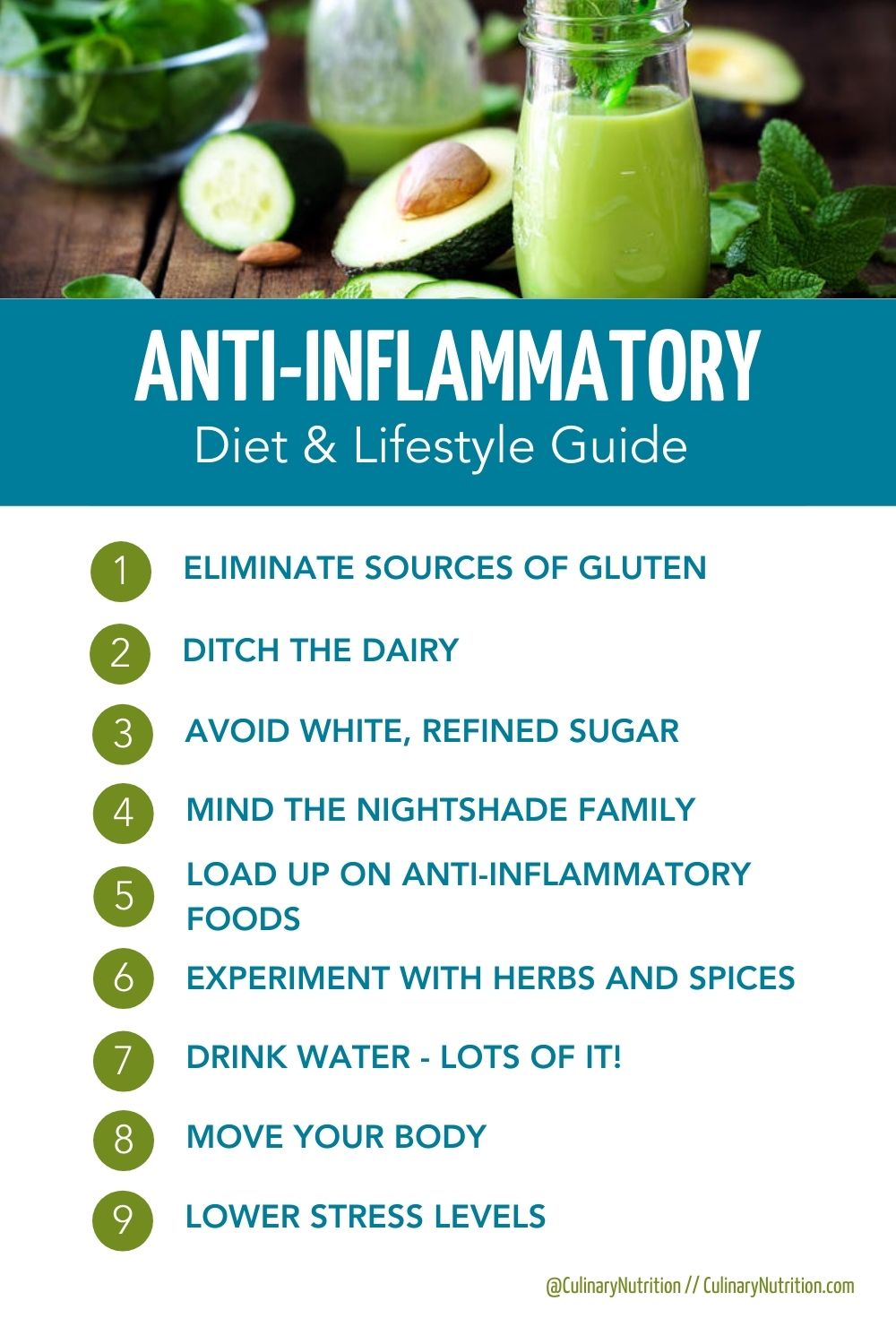
Header Image: iStock/Kuvona
Free Resource Library
Enjoy more than 40 downloadable guides, recipes, and resources.
















